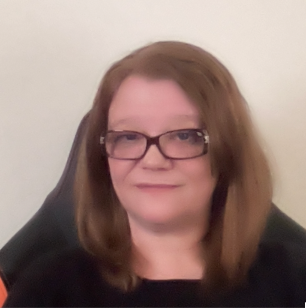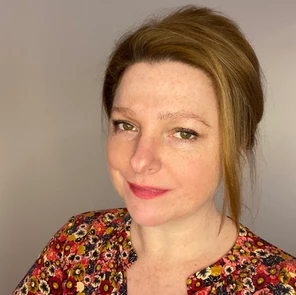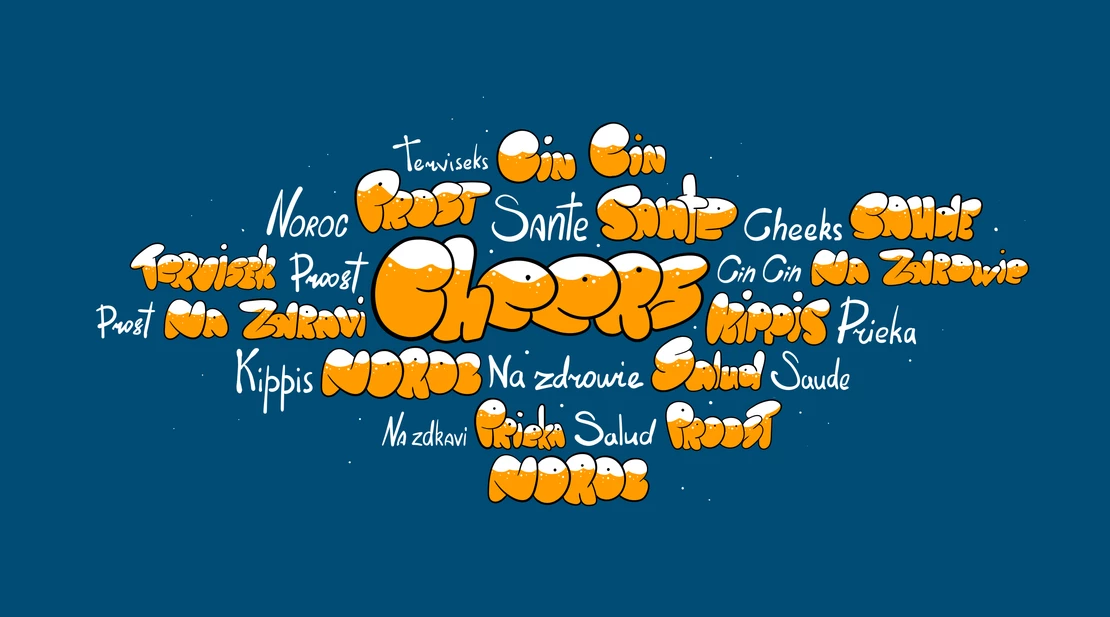If you’re running a marketing campaign in several different markets, it can be complex to coordinate and manage different teams, project managers and translators. When it’s a social media campaign, the potential challenges multiply, as it’s not only the content that needs to be understood by the audience as intended, but the community management and moderation.
Challenges faced in the public engagement part of campaigns, can include gross misinformation, fraudulent, offensive and even dangerous content, particularly when children often have such easy access to online campaigns. Content must be moderated for all this, whilst remaining authentic and on-brand.
At StrawberrySocial, our team have worked on a number of high profile global campaigns, and to share with us some considerations of running campaigns on this scale, we spoke to StrawberrySocial’s Shaz Collier, who has over 20 years front-line experience specialising in crisis management and digital safety.
Having previously worked for fast-paced social media agencies, online gaming companies and AOL, Shaz has trained and managed large, multi-lingual agency teams for a wide range of clients such ESPN, LEGO and Sony Mobile.

“During my time at a previous agency, I managed a campaign for Don Cuervo (Dons of Tequila) and ran the Sony Mobile project. The Sony campaign ran in more than 10 languages.
It’s not just the languages that need to be taken into consideration, it’s the wider cultural context. It’s vital that teams have a deeper knowledge, including dialects and slang for example, for a true understanding of what’s being said, as well as how to respond appropriately.”
It’s certainly key to recruit content moderators up to speed in cultural differences and linguistic nuance.
So can’t we just use Google Translate? Well, the short answer is no! It’s fine for the odd word when translating into your own language, but doesn’t take into account context or tone (which can vastly affect meaning in some languages), and as a brand, is likely to make you look amateur if you use it exclusively.
We’ve certainly encountered the challenge of an unexpected languages popping up that needed resourcing, , but it’s always better to do that recruitment piece rather than trying to wing it on Google Translate.
Rebecca, StrawberrySocial’s Founder & CEO, has 17+ years of experience in online moderation and safety. She has worked on large global moderation accounts for brands such as Nokia, Diageo and Sony Ericsson (now Sony Mobile). She says,

“With Nokia we were, at one point, working across 20+ Facebook channels in 15+ languages. For this we had to set up global contact details for reporting authorities (i.e. in different countries) as well as making clear, culturaly relevant notes where necessary. I.e. Some regions were culturally more sensitive to dress codes than others, this also was reflected in how the names of deities and holiday celebrations were treated. There are many ways to offend your audience in some regions so we worked hard to ensure that this didn’t happen and that the brand was protected.
We also had to come up with large lexicons that required the help of our native language moderators to update with the latest ‘slang’. Discussions of these could be quite ‘enlightening’ for us all!”
So what are the top 5 things to remember in order to get the best from your campaign?
- Expect the unexpected. Plan ahead and make sure you have enough resources in place to cover, whether it’s budget, languages or people to cover spikes in traffic. Be agile.
- Have clear and comprehensive guidelines for the moderation team to follow. Include as much detail as possible. This will save time in the long run as the team will be able to work quickly and will need to ask fewer questions.
- Ensure that multi-lingual teams are not only proficient in their languages, they also have a good cultural knowledge of a particular area or country.
- Have a very clear escalation path for each region, this should include workflows for the internal teams as well as where the brand is brought in and possibly local or global reporting authorities such as local hotlines and emergency services, CEOP, InHope, IWF, Interpol, NCMEC, VGT, etc.).
- Include screenshots and examples of where actions may need to be taken as well as instances of where cultural nuance is of vital importance. It’s a great way to ensure the team completely understands what is required of them.




 February 10, 2022
February 10, 2022  Share This Post
Share This Post